I'm attempting to design my own rectifier circuit to output a positive and negative voltage as shown in the circuit below. I'm running into some concerns regarding the smoothing capacitor choice and how it affects the surge current and the voltage regulator output.

simulate this circuit – Schematic created using CircuitLab
I have my primary side wired to the same voltage input, and the secondary side gets rectified down to \$20 V_{RMS}\$. Smoothing capacitors C1 and C2 along with resistors R1 and R2 maintain the rectified voltages which go into voltage regulators to get the desired output voltage. According to the datasheet, the regulators are rated for at least 1 A, so I picked my test loads to see if each supply can deliver 1 A each. The issue I'm facing is with my choice of capacitors for C1 and C2. Larger capacitors seem to guarantee a stable voltage at the test loads, but doing so results in a larger initial surge current (which in my simulation with the values below is 2.11 A), and I'm concerned that the surge current might be more than what the transformer is rated for. Smaller values result in smaller surge currents, but the voltage is not maintained at the outputs. What is an appropriate trade off between capacitance value with regards to surge current and voltage regulator outputs given heavy loads?
EDIT: Perhaps my understanding of in-rush currents is missing something. From my textbook, I'm calculating my surge current using the following formula, assuming no initial charge on the capacitor:
\$\ I_{SC} = \omega \cdot V_{Pk-Secondary} \cdot C\$
where \$\ \omega=2\cdot \pi\cdot f \$ and f = 60 Hz
Taking the peak of the secondary to be \$ 20 \cdot \sqrt{2}\$ volts, the resulting current results in a value of 2.13 A. Since the transformer is rated for 2.4 A in parallel, this seems okay in order to not burn it out. Is my understanding correct?